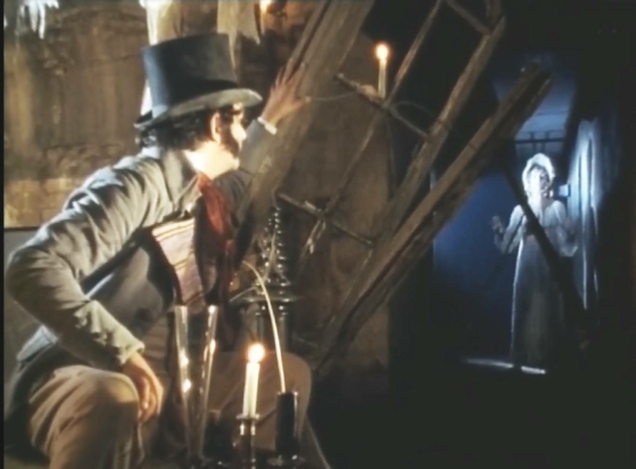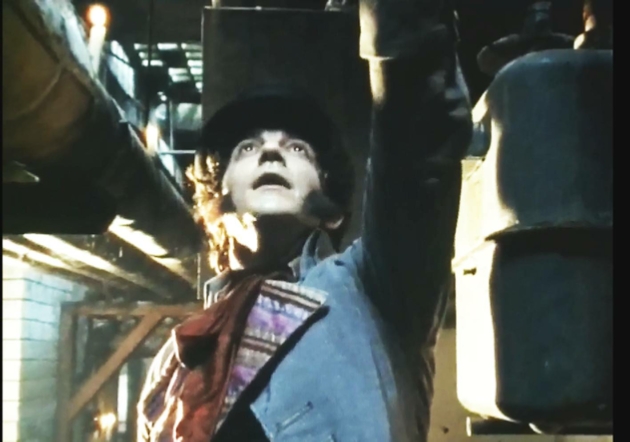THE ‘VICTORIAN SHOPS UNDER OXFORD STREET’, LONDON
A Malcolm McLaren joke
An urban myth has it that under Oxford Street in London is a parallel subterranean Victorian (or even Georgian) 'ghost' Oxford Street, buried as the ground level was raised, with abandoned underground shops lining it that were once at ground level.
Alas, this derives from 'The Ghosts of Oxford Street' by Malcolm McLaren, (see below) broadcast on TV on Christmas Day 1991. A sequence shows Thomas De Quincey (John Altman) haunted by a Laudanum vision of the 15yr old prostitute Ann for whom he searched Oxford Street in vain (Sinéad O'Connor -
Careful scrutiny however reveals that this is merely a slabbed over 'area', with conventional arched under pavement vaults (used for coal and storage) with derelict wooden doors and windows -

The pavement lights of 20-
11 x 10 squares
The above ground shots in McLaren’s ‘De Quincy’ sequence are in Stratford Place, a cul de sac northwards off Oxford Street. Compare these pavement lights with the shot of the pavement light from underneath in the film of the ‘shops’. They clearly match. That this building is numbered 20-

The underside of the pavement light in the ceiling of the ‘shops’ in the film.

The pseudo Georgian distressed ‘Boots Apothecary’ sign. Note the white glazed bricks, commonly used on the far side of basement ‘areas’ to increase light in the facing basement windows.



There are several accounts by ex-
Text © Roger J Morgan 2021

Thomas de Quincy reminisces about the Oxford Street apothecary who first sold him opium. The ‘shop front’ is the derelict glazed doors (to provide light) to an under pavement vault storage chamber.
De Quincy sees a vision of Anne, the prostitute he searched in vain for. Note the plain vertical wall she is standing next to, which is the more modern basement wall of the re-
De Quincy runs along the under-
[Video loaded from YouTube -
‘The Ghosts of Oxford Street’ video clip
Map showing the under pavement area vaults in Stratford Place